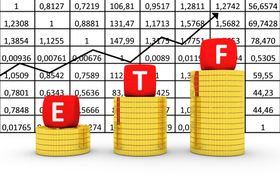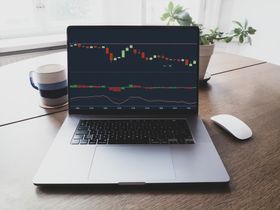Brokereviews Answers
Brokereviews helps stock market and cryptocurrency investors find answers to their questions and the information they need to make smart trading decisions.
Recent Answers
What Is the VWAP Indicator?
When you are trading in the financial markets, a common trading benchmark that investors use is the volume-weighted average price (VWAP). This VWAP indicator strategy lets traders calculate the intrad
Asked 4 years ago
What Happens When Stock Crosses the VWAP?
Every participant in the financial markets, whether a day trader or long-term investor, looks for every tool to garner an advantage on a trade. As you comb through the myriad of options at your dispos
Asked 4 years ago
How to Trade Using the VWAP
The volume-weighted average price is a statistic regularly utilized by investors to determine the average price of a security, based on price and volume. The VWAP approach to trading can locate a pric
Asked 4 years ago
How to Use the VWAP for Day Trading
The consensus among financial experts is that one of the best tools any day trader could employ is the VWAP indicator, the volume-weighted average price. The significance of VWAP is immense for any in
Asked 4 years ago
How to Calculate the VWAP
One of the commonly used investment signals for day and swing traders is the VWAP or the volume-weighted average price. The VWAP indicator is a reliable tool, even more than moving averages because it
Asked 4 years ago
Related Articles

How to Know When to Buy, Sell or Hold Stocks
Andrew Moran
December 23, 2024

How to Identify Good Long-Term ETFs to Invest In
Filip Dimkovski
May 19, 2021

Fortrade vs. easyMarkets: Which Trading Platform Is Better?
Filip Dimkovski
December 23, 2024

Fortrade: A Forex and CFD Trading Platform Review
Filip Dimkovski
July 23, 2021

Using Platforms and Brokers for Day Trading
Filip Dimkovski
December 23, 2024
Recent Posts
Jason Taylor
Top 6 UK CFD Brokers: Reviews 2025
Andrew Moran
